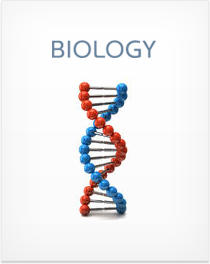Diversity of Organisms
This section covers the following topics
- Phylogenetic trees and classifications
- Prokaryotes
- Protists
- Fungi
- Plants
- Animals
Section Summary
Organisms are classified on a number of different levels. All life belongs to one domain, which is divided into kingdoms, phyla, classes, orders, families, genera, and finally species. phylogenetic trees show the evolutionary relationships among organisms. The nodes of such a tree represent specialization. Organisms that share a common ancestor are said to belong to the same clade.
Prokaryotes, which include members of both archaebacteria and eubacteria, are generally small, single-celled organisms that lack organelles. Many protists use flagella for propulsion. Gram-staining is used to classify different types of prokaryotes, which are classified structurally as bacilli, cocci or spirilli. Genetic diversity among prokaryotes is provided by sexual reproduction or conjugation, as well as transformation and transduction. Typical archaebacteria include halophiles, extremophiles and methanogens.
Protists are a very diverse group of organisms, many of which are single-celled and possess a flagellum. Fungi are heterotrophic organisms that extend projections called hyphae into sources of food and secrete digestive enzymes. Fungi can reproduce either sexually or asexually, but both methods involve the creation of spores.
Bryophytes, such as mosses, are the most basic plants and lack vascular tissues. Like all plants, bryophytes exhibit alternation of generations. The gametophyte generation of a plant reproduces by releasing gametes, which fuse, form a zygote and grow into a sporophyte. Sporophytes reproduce through the creation of spores. Spores grow into new gametophyte plants. Gymnosperms, such as pine trees, have “naked seeds” and cones. Angiosperms, or flowering plants, are divided into monocots and dicots. Angiosperm reproduction involves double fertilization and the formation of an endosperm.
Animals are classified... Sign up to continue reading Diversity of Organisms >
